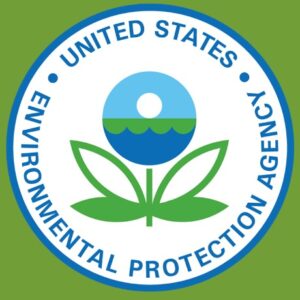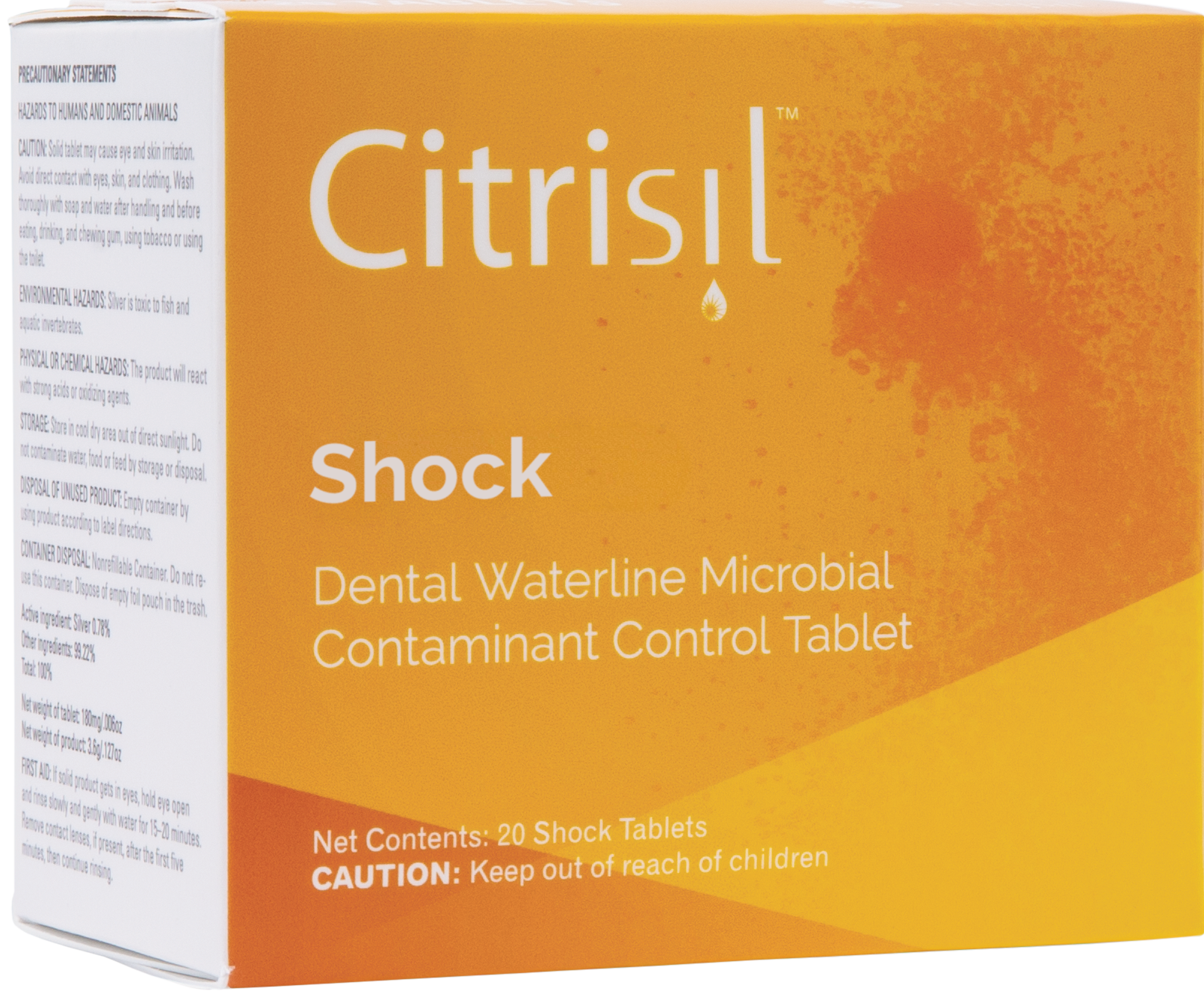Your cart is currently empty!

Understanding the New EPA Regulations

“Effluent Limitations Guidelines and Standards for Dental Offices”
Solmetex has been the leader in amalgam separation and amalgam waste solutions for over 16 years with the Hg5 series of products. Our products are designed to put the dental office at ease with amalgam waste and make recycling simple and easy. Solmetex has the experience and the products to ensure your dental practice is fully compliant with the newly published EPA regulation entitled “Effluent Limitations Guidelines and Standards for Dental Offices” commonly referred to as the Dental Amalgam Rule. Below are the details of the new dental EPA regulation.
EPA Dental Regulation Implementation Period:
- To comply with the new EPA dental regulation, EXISTING dental practices will have 3 years to install either a certified ANSI/ADA Standard No. 108 for Amalgam Separator, or a ISO 11143:2008 certified amalgam separator at a separation rate of 95%.
- To comply with the new EPA dental regulation, NEW practices will have 90 days to install either a certified ANSI/ADA Standard No. 108 for Amalgam Separator, or a ISO 11143:2008 certified amalgam separator at a separation rate of 95%.
- To comply with the new EPA dental regulation, dental offices that currently have an amalgam separator installed will have 10 years to comply and ensure they have a ANSI/ADA Standard No. 108 for Amalgam Separator, or a ISO 11143:2008 certified amalgam separator at a separation rate of 95%.
Exemptions:
- This rule applies to offices, including large institutions such as dental schools and clinics, where dentistry is practiced that discharge to a POTW. The new EPA dental regulation does not apply to mobile units or offices where the practice of dentistry consists only of the following dental specialties: oral pathology, oral and maxillofacial radiology, oral and maxillofacial surgery, orthodontics, periodontics, or prosthodontics.
Change out:
- The regulation requires dental offices to follow manufacturer’s guidelines when changing out their containers. • Dental offices that discharge to POTWs that do not place or remove amalgam need only submit a certification. • Dental offices that place or remove amalgam must operate and maintain an amalgam separator and must discharge scrap amalgam. • Dental offices must use line cleaners with a pH level between 6-8. • Dental offices must submit a compliance report. While these reporting mechanisms will be required the details on how and when they are to be done is still to be determined and will mostly likely fall to the individual states and local water authorities.
Maintenance:
- Each dental office will be responsible for implementing a Best Management Practices (BMPs) regarding amalgam waste within their practice. While amalgam separators are the focus of the proposed regulation, the regulation is about responsible management of amalgam waste. • Dental offices are required to use amalgam buckets, as defined in the BMPs, for the disposal of all items that come in contact with amalgam, such as chairside traps, amalgam capsules and contact and non-contact amalgam.
Important Links:
- EPA Effluent Guidelines
- ADA Best Management Practices for Amalgam Waste
- EPA Regulation-“Effluent Limitations Guidelines and Standards for the Dental Category”
- EPA Regulation Fact Sheet
Below you will find states and municipalities that have set their own standards to handling amalgam waste (prior to June 14, 2017):
State and Deadline
- Maine – December 31, 2004
- New Hampshire – October 1, 2005
- Connecticut – January 11, 2006
- Massachusetts – June 22, 2006
- Vermont – January 1, 2007
- New Mexico – December 31, 2014
- New York – May 12, 2008
- Rhode Island – July 1, 2008
- New Jersey – October 1, 2009
- Oregon – January 1, 2010
- Michigan – December 31, 2013
Local Areas and Deadline
- Wichita – KS June 1, 2001
- King County, WA – June 1, 2003
- Palo Alto, CA – March 31, 2005
- Fort Collins, CO – July 1, 2005
- San Francisco Bay Area, CA** – January 1, 2007
- Eau Claire, WI – January 1, 2008
- Watertown ,WI – January 1, 2008
- Milwaukee, WI – February 1, 2008
- Racine, WI – February 1, 2008
- La Crosse, WI – March 26, 2008
- Neenah Menasha, WI – June 1, 2008
- Dane County, WI – December 31, 2008
- Waukesha, WI – December 31, 2008
- Madison Metropolitan Sewerage District, WI – December 31, 2008
- Chippewa Falls, WI – April 1, 2009
- Albuquerque, NM – June 30, 2010
- Bernalillo County, NM – June 30, 2010
- Menomonie, WI – July 1, 2010
- Central Marin Sanitation Agency / Las Gallinas Valley, CA – December 31, 2010
- San Josè / Santa Clara, CA – July 2009 – December 2010 *
ADA also states that the counties of Duluth (MN), Boulder (CO), Colorado Springs (CO), Highlands Ranch (CO), Fountain (CO), Livermore (CA), the Metro Counties (MN) and Solon (OH) have mandates for amalgam separators.
**San Francisco and surrounding Bay Areas communities are: Alameda, Albany, Berkeley, East Palo Alto, El Cerrito, Emeryville, Kensington, Los Altos, Los Altos Hills, Mountain View, Oakland, Richmond Annex, Union Sanitary District (Freemont), Newark, Union City).
Share this post:

Related Posts





